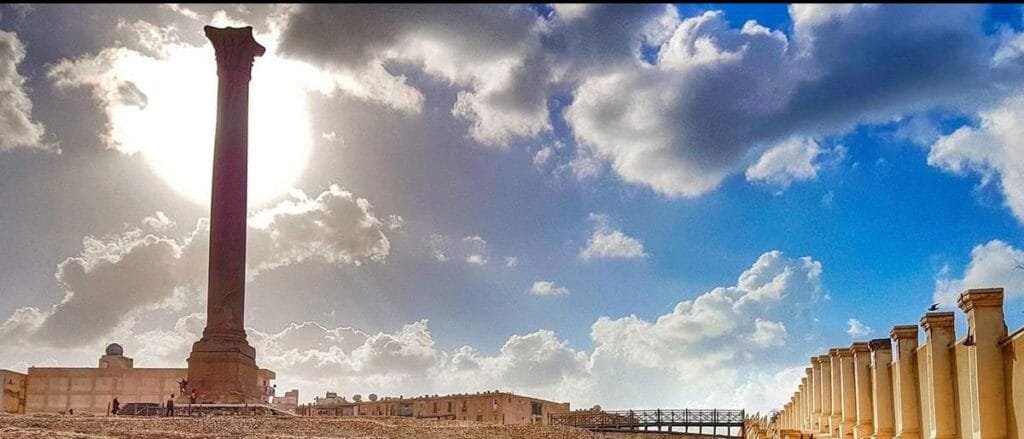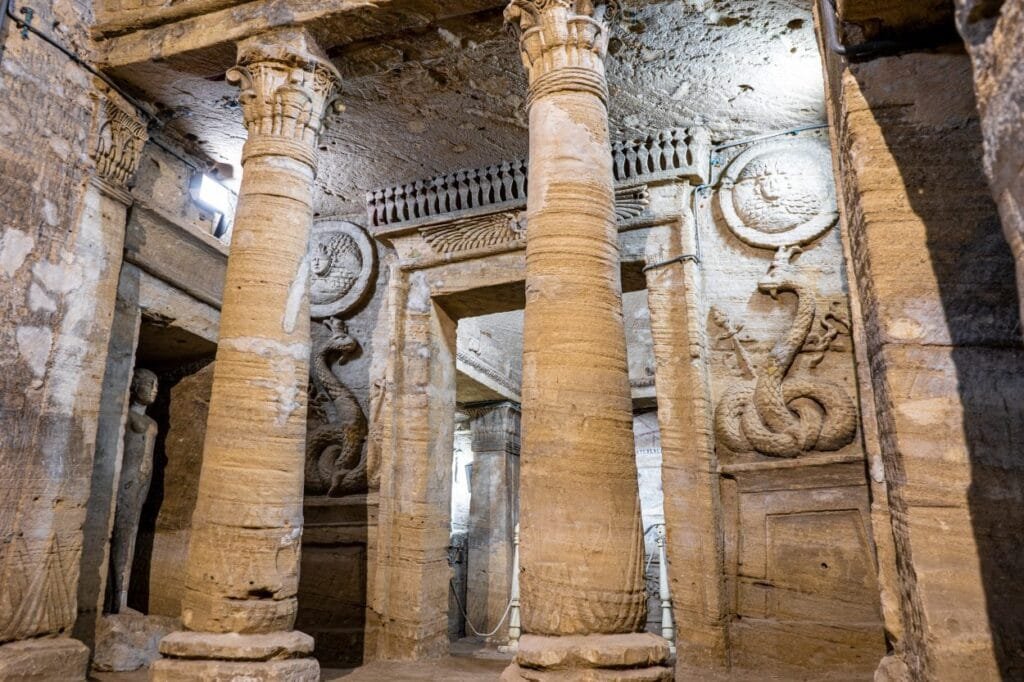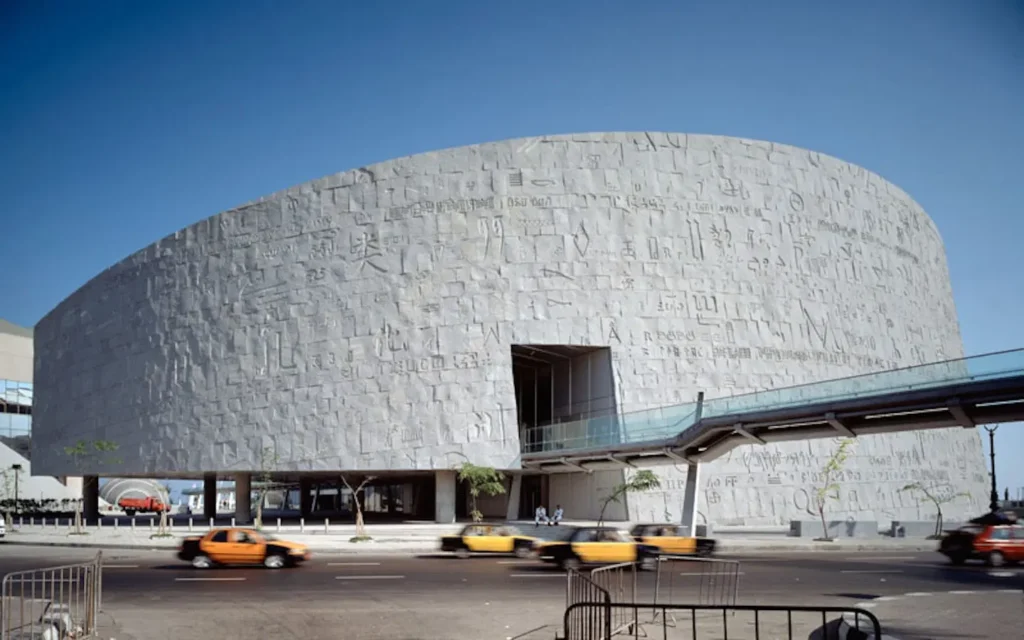Enjoy a Private Day Trip to Alexandria from Cairo in a comfortable private car with a personal guide. Explore the ancient Greco-Roman capital, visiting the modern Library of Alexandria, the Catacombs of Kom el Shoqafa, the Roman Amphitheater, Sultan Qaitbay’s Citadel, and Pompey’s Pillar.
Private Day trip to Alexandria from Cairo
- 12 Hours
- Pricing Varies by Individual, Couple, or Group
Adult
Child
From
70,00 $
Per Adult
From
35,00 $
Per Child
Description
Duration
12 Hours
Group Size
8
Language
All
Highlights
- Qaitbay Citadel: Explore the iconic Qaitbay Citadel, a 15th-century fortress built on the original site of the ancient Lighthouse of Alexandria, one of the Seven Wonders of the Ancient World. Enjoy panoramic views of the Mediterranean Sea from this historic landmark.
- Alexandria Library (Bibliotheca Alexandrina): Visit the modern-day Alexandria Library, a stunning architectural marvel and cultural hub. It pays homage to the ancient Library of Alexandria, once the largest and most significant library of the ancient world. Explore its vast collection of books, manuscripts, and exhibits.
- Pompey's Pillar: Marvel at Pompey’s Pillar, a towering Roman column that stands as one of the largest and most impressive of its kind. This monument, dating back to the 3rd century AD, offers insights into Alexandria's Roman history.
- Catacombs of Kom el Shoqafa: Delve into the mysterious Catacombs of Kom el Shoqafa, a vast underground burial site that showcases a unique blend of Egyptian, Greek, and Roman architectural styles. Explore the tombs, chambers, and sarcophagi of this ancient necropolis.
- Montaza Palace Gardens: Stroll through the beautiful Montaza Palace Gardens, located along the Mediterranean coast. The gardens offer lush greenery, scenic views, and a glimpse into the royal history of Alexandria.
- Traditional Egyptian Lunch: Experience a delicious Egyptian lunch at a local restaurant, savoring authentic dishes such as grilled seafood, koshari, and fresh falafel.
Included
- Air-Conditioned Transportation
- Professional Egyptologist Guide
- Entrance Fees
- Lunch at a Local Restaurant.
- Bottled Water During the Tour.
- WiFi in the Car
Excluded
- Personal Expenses
- Gratuities for the Guide and Driver
- The Drinks in the Restaurant
Maps
Frequently Asked Questions
1. How long is the trip from Cairo to Alexandria?
The drive from Cairo to Alexandria typically takes about 2.5 to 3 hours, depending on traffic conditions. The distance is approximately 220 kilometers (137 miles) each way.
2. What time does the Alexandria day trip start?
Most Alexandria day trips from Cairo begin with a morning pick-up from your hotel around 7:00 AM. This allows you to maximize your time exploring the sites in Alexandria and return to Cairo by evening.
3. What are the main attractions included in the Alexandria day trip?
Key attractions include the Qaitbay Citadel, Alexandria Library (Bibliotheca Alexandrina), Roman Amphitheater, Pompey's Pillar, Catacombs of Kom el Shoqafa, and Montaza Palace Gardens. You'll also enjoy a traditional Egyptian lunch during your trip.
4. Do I need to bring my own food?
No, lunch is typically included in the tour at a local restaurant. You’ll have the opportunity to sample traditional Egyptian dishes, including fresh seafood, koshari, and falafel.
From 35,00 $
Book This Tour
Contact Information
Have a question in mind
Looking for more info? Send a question to the tour agent to find out more.
You might also like
With Egypt Tour Magic, your trip is always safe and truly memorable . If you love travel, you are in the right place!























